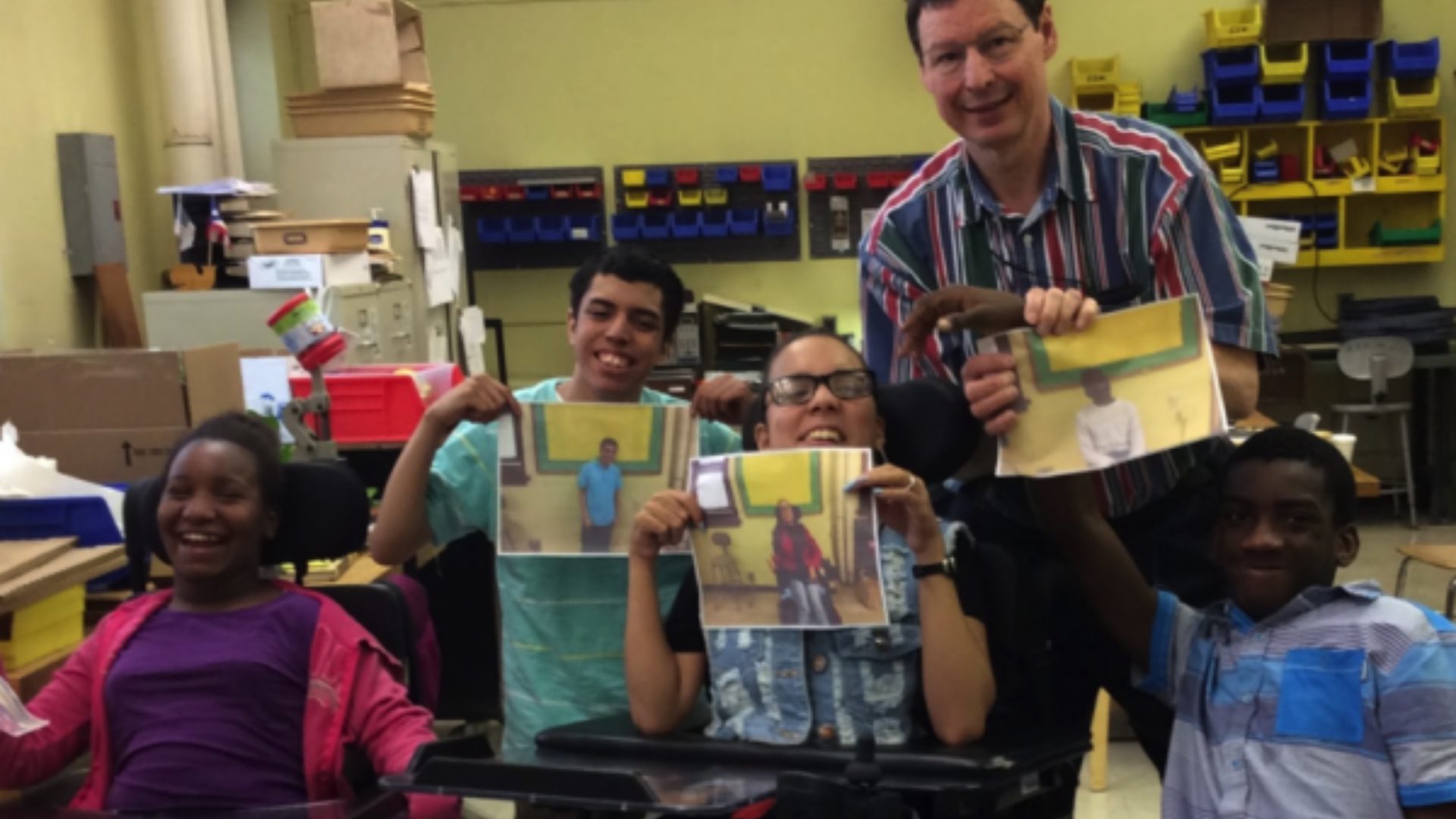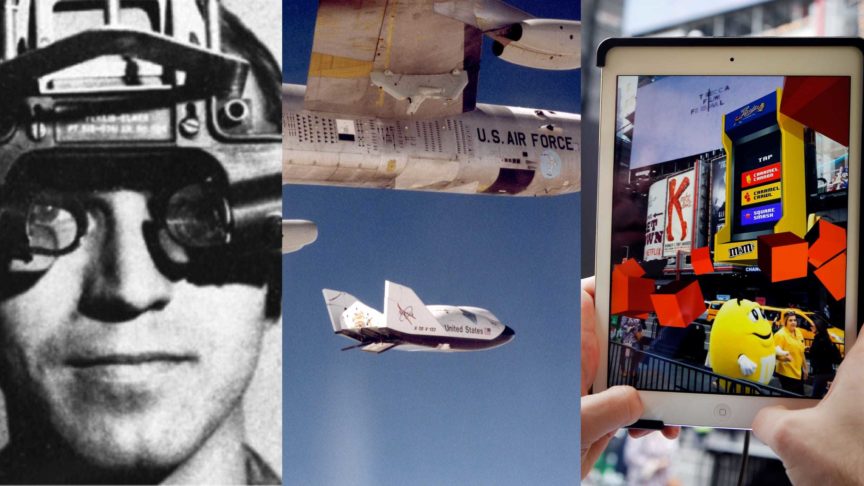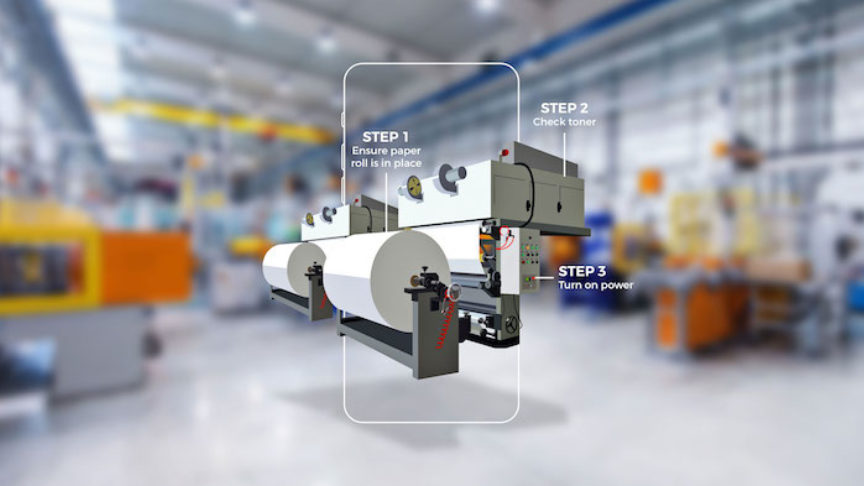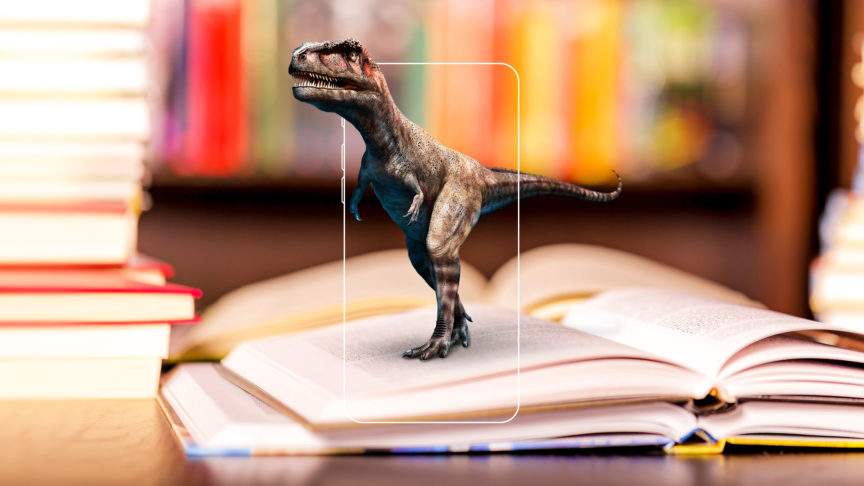How Blippar Education supports special needs students to improve learning
May 28, 2015
How Blippar Education supports special needs students to improve learning

Demonstration teacher Robert Golinski and his students make blippable photographs about future career goals.
Courtney Pepe is Supervisor of Curriculum and Instruction at the A. Harry Moore School of New Jersey City University, which educates students, aged 3-21, with special needs and disabilities. Here she writes about how incorporating Blippar into the school curriculum has improved learning.
In the heart of Jersey City sits the A. Harry Moore School of New Jersey City University, a historic art deco building with a rich, 100-year history of educating students with disabilities from the surrounding counties. This year the school’s students, faculty and parents all began using Blippar’s augmented reality (AR) technology to enrich learning opportunities. Blippar also proved itself a very modern method of improving communication between parties.

Courtney Pepe blipping a school wall display with one of her students.
Firstly, high school teacher Katrine Pinkpank’s class made individual, blippable posters for their Earth Day projects in April. When passers-by blipped these posters – all of which were hung in beautiful frames in the hallways – they were taken to a video of the students doing their Earth Day presentation in front of the class. One student in the class is legally blind, so the braille on his poster was used to trigger the blipp. These hallway boards have become living, breathing, 3D tributes to the work of our students.

Courtney Pepe discussing the Blippar projects with her students.
In Room 407, students used Blippar in many different ways. Wendy Thompson, an early adopter of the technology, used it for a Women’s History Month project where students created an app-smash between Blippar and Trading Cards. The students created trading cards about famous women in history - such as Ella Fitzgerald, Frida Kahlo, and Mary Shelley - then used Blippar to add photo galleries, hyperlinks, and videos so people passing the bulletin board could scan the cards and view pop-up content about these remarkable women.

Wendy Thompson, an early adopter of the technology, used Blippar for a Women’s History Month project.
Secondly, the class made the school newsletter blippable. This means that in addition to reading the news story describing a recent victory at the Special Olympics, parents could blipp the pages to access exciting video content created by our students. Blippar enabled Ms Thompson and her students to have an authentic writing experience that redefines and reinvents 21st century journalism to include diverse media formats.

Wendy Thompson and her middle school student Zach use Blippbuilder to create the school newsletter, which will no longer just be 2D.
Within the A. Harry Moore Employment Opportunity Workshop program, demonstration teacher Robert Golinski and his students worked on setting career and vocational goals for the future. Using Blippar and Tellagami, the students created talking digital avatar videos that illustrated their post-secondary and transition goals. In the above picture they are holding up the blippable pictures they made which, when blipped, reveal their videos. These pictures are now part of an interactive bulletin board on the first floor of the school building.

Middle school student Yessenia on the cover of A. Harry Moore’s Blippable Newsletter.
When demonstration teacher Darlene Britt learned about Blippar, she chose to incorporate the learning tech into a Women’s History Month presentation that her pre-school students were making for their mothers. The class created a poster presentation board featuring pictures of all of the children and their mothers. Then they made the presentation interactive by taking videos of the children waving hello to their mothers and linking the videos to the individual picture of the child. This was all done via Blippbuilder. It was a great way to get nonverbal children to communicate. Moreover, the blippable presentation became part of an exhibit in the Women’s History Hall of Fame, a monthly assembly and brainchild of school principal Steve Goldberg.

Both students and teachers at A. Harry Moore School found Blippar to be a valuable educational tool.
Speaking about using Blippar in her preschool class, Ms. Britt remarked, "I like that parents were able to come to a school event and use the iPad to scan for videos of their kids, it was a great way to engage the parents."
High praise for how Blippar has improved learning and engagement also came from the students themselves. As high school student Ashley said, "I like the idea that even after I graduate, the work that I did can still be a part of the school."

A pre-schooler admiring her blippable work at the school.


